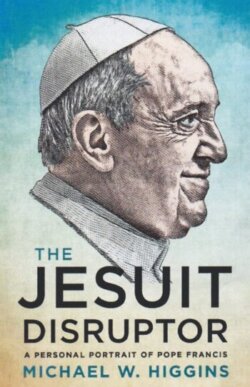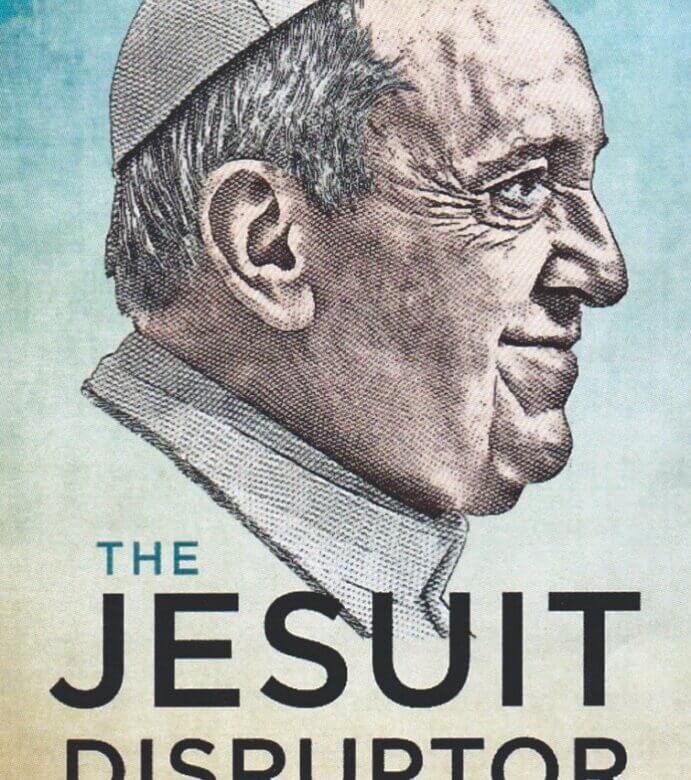Pontiff Modelled a Way of Healing and Reconciliation
Volume 39 Issue 7, 8, & 9 | Posted: October 19, 2024

Francis came to Canada, arriving in Edmonton, Alberta, on July 24, 2023, and returning to Rome from Iqaluit, Nunavut, on July 29. During those intense six days, he met with thousands of former residential school inhabitants in Maskwacis, home to the former Ermineskin Residential School. He visited the Sacred Heart Church of the First Peoples in downtown Edmonton. He presided at Mass in Edmonton’s Commonwealth Stadium on the feast day of Saint Anne. He participated in a prayer service at Lac Ste. Anne, site of an annual pilgrimage for tens of thousands of Indigenous participants. He met with Canada’s first Indigenous governor general, Mary Simon, in Quebec City. He celebrated Mass at Sainte-Anne-de-Beaupré; participated in a Vespers service for clergy, religious, and ecclesial lay workers in the Cathedral-Basilica of Notre-Dame de Québec; had a private meeting with fellow Jesuits; and conducted his “penitential pilgrimage” with Inuit on their own land.
Francis came as a penitent: he came to publicly apologize for the history of abuse inflicted on the Indigenous Peoples and to model a way of healing and reconciliation.
He also came as a missionary. Not the kind of missionary who brings his culture with him inspiring faith on an unreceptive audience, transplanting a Christo-European notion of church on a noble and foreign reality. Not that kind of missionary. But a missionary like the sixteenth-centure Italian Jesuit Matteo Ricci, who adopted the Chinese way of living, became fluent in the language and dialects of the land, was the first European to enter the Forbidden City, befriended courtiers and scholars, and is honoured as a conduit for dialogue and peace between cultures. For Francis, Ricci was a “champion of the culture of dialogue and a man of encounters,” a model Jesuit, a model missionary, a model Christian. So much the model that Francis has begun the process of sainting him.
If Francis’s response to the clerical sex abuse crisis has been uneven, spotty, bold in some instances, preservationist in others, ruthless in scouring out miscreants in the episcopacy, if only selectively, his record on Indigenous issues is more of a piece, even if controverted. And Canada is where it is playing out. It is the drawing board for a revamped apostolate.
RAGGING THE PUCK
September 27, 2024 — “Ragging the Puck.” The footnote comes from a discussion of the synodal document Enlarge the Space of Your Tent.
“Almost all reports raise the issue of full and equal participation of women: ‘The growing recognition of the importance of women in the life of the Church opens up possibilities for greater, albeit limited, participation in Church structures and decision-making spheres’ (Brazil). However, the reports do not agree on a single or complete response to the question of the vocation, inclusion and flourishing of women in Church and society. After careful listening, many reports ask that the Church continue its discernment in relation to a range of specific questions: the active role of women in the governing structures of Church bodies, the possibility for women with adequate training to preach in parish settings, and a female diaconate. Much greater diversity of opinion was expressed on the subject of priestly ordination for women, which some reports call for, while others consider a closed issue.”
It remains a peculiarity of the discussion around women that in some fundamental way it is anomalous. Why should gender be a determinate of full inclusion? Why do we have women in/and the church when men in/and the church is a given? The deeper cultural-historical-anthropological dimensions of this discussion have yet to be fully explored. The biblical appears to be consigned to the margins, the ontological and canonical enjoying privileged priority, the ecumenical sidelined.
There are many signs that Francis understands the stakes involved and that they are high: after all, in his position as Bishop of Rome, he exercises the Petrine ministry of unity. And he also understands that we live in a time when there has been a fundamental shift of consciousness, which his fellow Jesuit Bernard Lonergan identified as a shift form a classicist to a historicist consciousness, and that this shift is epoch shaking. Time, prudence, trust, and meaningful encounter are the way forward if the very structures of the church are not to be permanently sundered. Hence, the need for synodality that embodies those very qualities and virtues.


